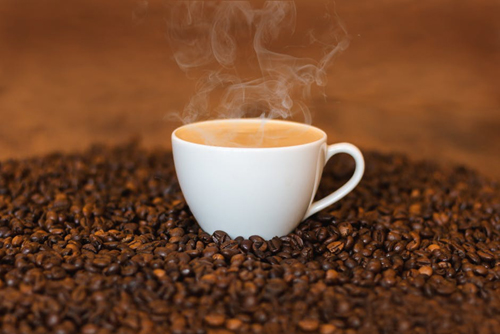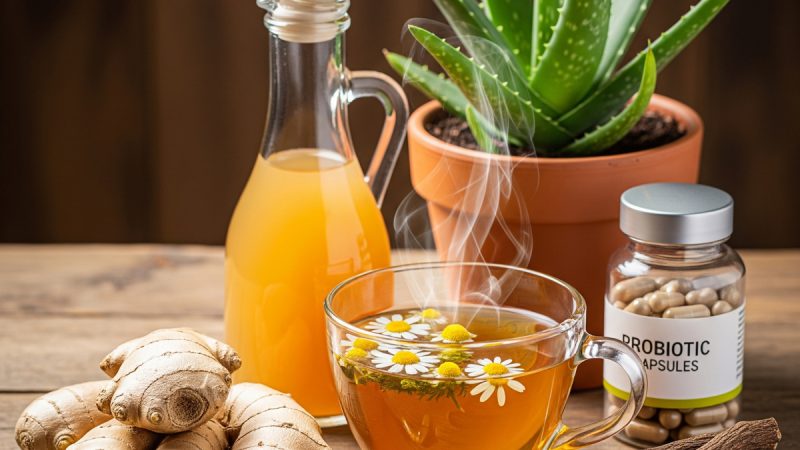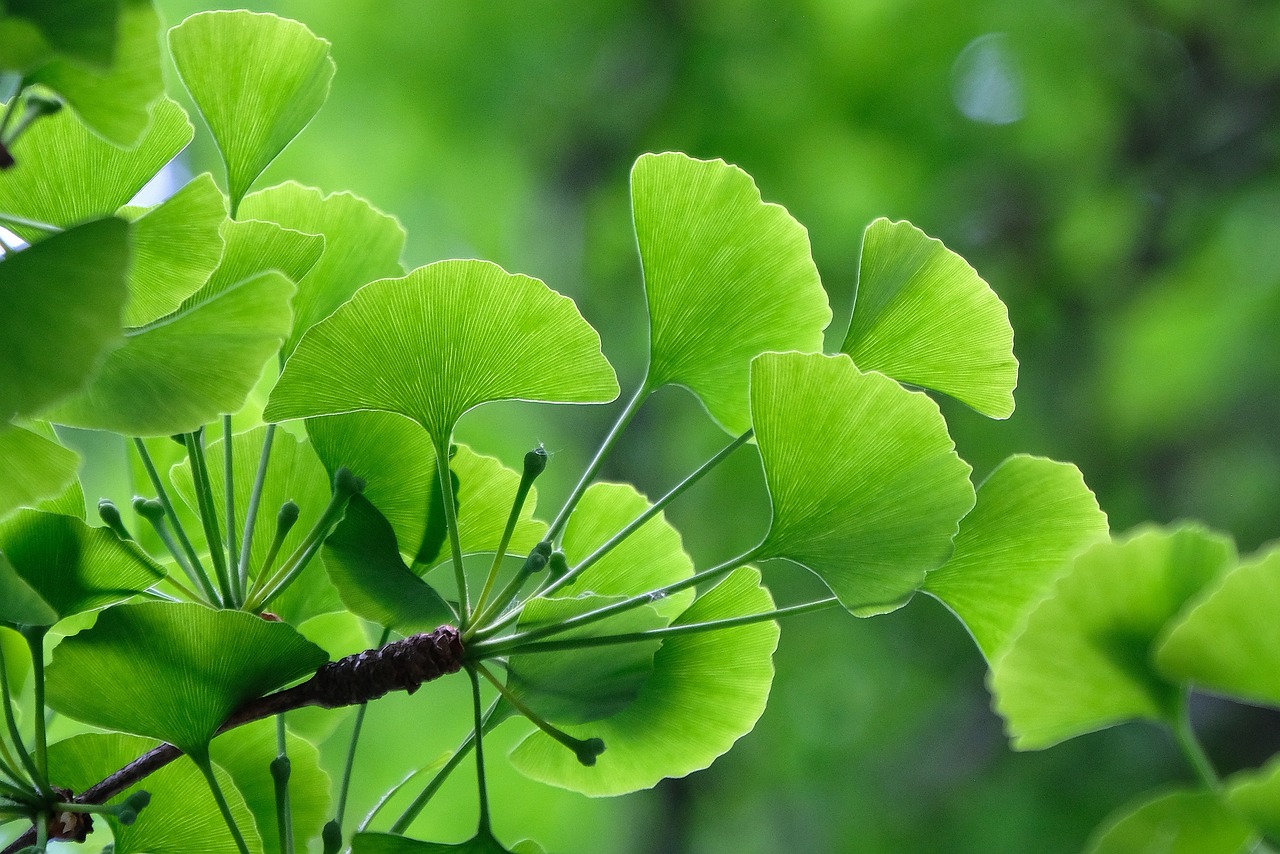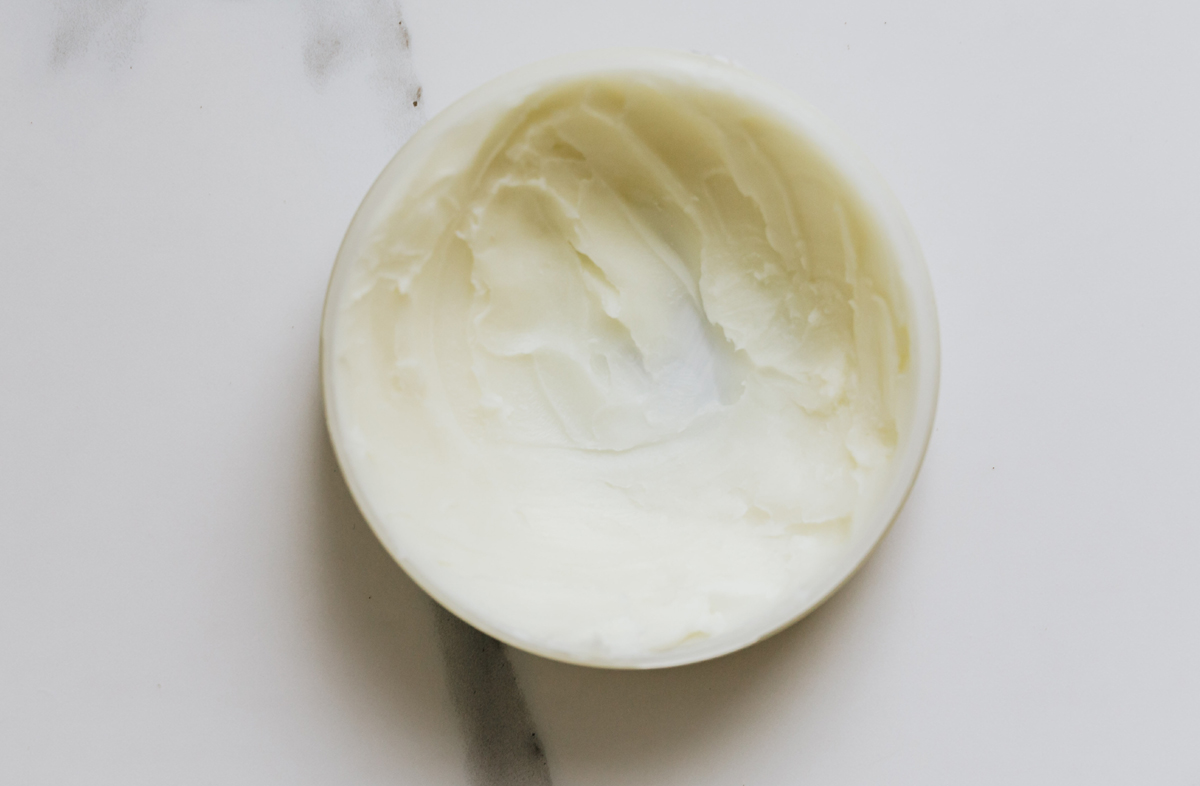Coffee as an Herbal Medicine

Cross cultural uses for the Coffee plant, Coffea arabica, as medicine.
Plant Name:
Coffea arabica
Similarly Used Species:
C. liberica, C. excelsa, C. robusta, C. canephora, C. maclaudii, C. stenophylla
Common Names:
KOPE [Hawai’i]; Coffee, Java, Joe [USA] Kope [Hawai’i] Qahwah, Caova, Cova [Middle East] Cabi [Panama]; Cafe [Spanish]
Nomenclature:
The name Coffee is thought to come from Caffa, an Abyssinian province. Some Arabic names for the Coffee fruit are Cova and Qahwah.
Family:
Rubiaceae
Category:
Aromatic open Orifices~ (~ = extrapolated)
Properties:
Sweet, bitter, neutral
Status in Hawaii:
Alien pest. Drink it all.
Meridian Affinities:
Bladder, Discovery, and Large Intestine
Western Functions Reported:
Addictive, analeptic, analgesic (as an additive), anaphrodisiacal. , anorexic, anti soporific, anti-emetic, anti-soporific, antidote to narcotics, cardiotonic, cardiotonic (increases blood flow through the coronary arteries), cholegogue, counterirritant, diuretic (loses its effect with continued use), hypnotic, increases peristalsis, intellectual aid, nervine, stimulant
Traditional Chinese Energetic Functions
(~ = extrapolated): Regulates and sinks the Qi~, opens the chest~, drains dampness~, opens the orifices~, moves the bowels~
Common Medicinal Uses:
- Constipation
- Depression
- Acute asthma
- Fatigue
- Hangover
MEDICINAL USES
Cosmetic
Coffee grounds are used in Japan as a body scrub and skin cleanser. [Japan]
Cardiovascular
- cardiac insufficiency [Eclectics]
- right heart failure [General]
- heart disease [General]
Dermatological
Cold coffee is used by fishermen to wash the smell of fish off their hands.
Digestive
- Chronic diarrhea (?) (black coffee) [Eclectics, India]
- constipation (when not due to excessive use of coffee) [Eclectics]
- nausea [Turkey]
- slow digestion [Eclectics, Science]
Head and Throat
- Headache [Curacao, Haiti, USA]
- migraine. [Eclectics, Global, Science];
- unpleasant sense of fullness in the head [Eclectics]
Hepatic
- Ascites [General]
- jaundice [General]
- pleural effusion [General]
Infection:
- Charred as a dressing for gangrenous ulcers [Eclectics]
- fever [General]
- intermittent fever (unroasted beans as a quinine substitute) [General]
- malaria [Eclectics]
- sores [General]
- typhoid-type fevers [Eclectics, General]
Musculoskeletal / Trauma
- Gout [Eclectics, Turkey]
- rheumatism (not commonly used) [Eclectics]
- scorpion sting, snakebite [General]
Neurological
- Delirium tremens [Eclectics]
- vertigo [Curacao]
Pediatric
- Whooping-cough [Eclectics]
Psychospiritual
- “Anemic condition of the brain” [Eclectics]
- depression [Eclectics, Global]
- hysteria [Eclectics]
Reproductive
- Abnormal uterine bleeding [Eclectics]
- amenorrhea (green kernals) [Eclectics]
- post partum hemorrhage [Eclectics]
Respiratory
- Asthma (acute and chronic) [Eclectics, Global, Science, Trinidad]
- bronchitis, chest congestion [General]
- emphysema [General]
- hiccough [Eclectics
- influenza [General, Science]
Urinary:
- Kidney stones [Eclectics, France, Turkey]
- renal “torpor” [Eclectics]
Other Medicinal Uses:
- Coffee enemas used for “cleansing” [Central & South America, USA]
- To prevent “rapid wasting of the tissues of the body” [General]
- cancer [General]
- convalescence from acute disorders [Eclectics]
- drowsiness after meals [Eclectics]
- to improve athletic performance [General]
- intoxication [Charles Belyea, China, Eclectics, General]
- low energy [Global}
- narcotic poisoning [Dominican Republic, Haiti, Science, Turkey]
- “opium narcosis” [Eclectics, General]
Use as Food:
Yes
Plant Part Used:
Berries, kernel, leaves
Constituents:
chlorogenic acid (antioxidant) http://www.hsph.harvard.edu/press/releases/press01052004.html
Energetic Cautions:
* Not with Stomach Heat.
* Small doses only for liver qi stagnation.
Cautions and Contraindications:
* Not in pregnancy or while nursing.
* Not with gastritis, insomnia, heart palpitations, agitation
* Not in large doses with muscle spasm; shoulder, neck, or back pain.
* Not without giving me some.
Possible Drug Interactions:
Bronchodialtors, quinolones, and oral contraceptives potentiate the stimulatory effects of coffee
Can raise blood pressure when taken with MAOIs. Also coffee contains tyramine.
Sedative effects of benzodiazapines are inhibited (poor man’s speed ball).
Beta-blockers (coffee can raise blood pressure),
Histamine blockers (coffee can irritate the GI system – H2 receptors)
Inhibits hemodynamic effects of adenosine (the core of ATP) by preventing it from binding in the brain.
Very high blood pressure and mania can result when mixing coffee with phenylpropanolamine. (Acutrim, Dexatrim)
Coffee reduces blood levels of lithium.
Preparation of Medicine:
Preparation: Infused. Black.
Dosage:
Dosage: 1-2 cups
Combinations:
* “Combines well with digitalis” [Esoterica – Dangerous – DO NOT try this at home, kids]
* Caffeine with aspirin in over-the-counter analgesics
* For arthritis black coffee is mixed with lime juice [Trinidad]
Range:
Native to Ethiopia.
Research:
* Antioxidant
* Coffee will raise serum cholesterol unless filtered through a paper filter.
* Increases gastric secretions, [NO SOURCE] plasma homocysteine [Urgert 2000] and catecholamine levels [NO SOURCE]. It reduces urea and phosphoric acid in the urine. [NO SOURCE]
* Increases blood pressure in non-habitual users. [NO SOURCE]
* Heavy coffee drinking is correlated to increased risk of suicide [Tanskanen 2000] and decreased risk of colorectal cancer [Tavani 2000] and Parkinsons disease [Abbot 2003, Ragonese 2003].
* Coffee is used as a stimulant, used to ward off coma in narcotic overdose and snake bite. In acute cases administered as an enema. (As if a coma wasn’t enough of an indignity.)
* A Harvard study concludes that the incidence of kidney stones drops 10% if you drink coffee, and 14% if you drink tea.
* Causes relaxation of the bronchial tubes and the smooth muscles of the blood vessels (except cerebral blood vessels).
* A diet of 20% green coffee in hamsters reduces tumor growth by 90%.
* Caffeine is injected with sodium benzoate for poisoning or respiratory failure
* Wake up and smell the coffee! A University of California study reports that the steam rising from a cup of coffee has the same amount of antioxidants as three oranges.
Legends of The Discovery of Coffee:
— Middle Eastern shepherds noticed that when their sheep ate the berries both the sheep and the shepherd were up all night.
— In 1258 Sheik Omar was in exile and was complaining about his problems when a bird began singing in a tree. Trying to grab the bird, he instead ended up with a handful of berries and flowers. He then proceeded to make a “perfumed drink” from the berries and felt much better.
— An Islamic monk was vexed by his inability to stay awake during his prayers. One day he saw a goat herd dancing with his goats and was told that the goat herd’s happiness was caused by a specific bean. He was convinced that Mohammed had sent him this herb as a gift to keep him awake. The monastery was thereafter called the home of the “Wakeful Monks”, as they would drink coffee as they prayed. (A similar legend exists in China regarding tea.)
Notes:
— Coffee and chocolate (those twin guilt-marinated New-Age bogeymen) are to many of people what sex was to the Victorians… vices that are publicly reviled while being craved and lusted-after behind closed doors. Both have now been shown to have strong anti-oxidant properties. The antioxidants in coffee are heterocyclic compounds which may prevent heart disease and cancer, while other ingredients may increase these risks.
— Coffee is second only to oil as a world commodity and is the most popular beverage worldwide with over 400 billion cups consumed each year. In the last three centuries, 90% of all people living in the Western world have switched from tea to coffee.
— The caffeine in coffee beans is bound to an organic acid and requires roasting to become active, but dark roasted coffee (unlike tea) has less caffeine than the lighter brews.
— Coffee can be burned as a room deodorizer
— October 1st is Coffee Day in Japan.
— African warriors would mix mashed coffee berries with animal fat, roll them into balls, and eat them before battle.
— In Bolivia, the bark is used to make a coffee substitute called Sultana.
— Brazil is the world’s largest producer of coffee. All of Latin America’s coffee industry emerged from one tree in a Dutch botanical garden.
— In Jamaica, the rats often chew the fruit off of the coffee berry. The kernels fall to the ground and are gathered to make a brew called “rat coffee”.
— In Sumatra coffee leaves are dried on of bamboo strips over a fire, then powdered and infused. Coffee leaves are reputed to have as much caffeine as the beans.
— In Turkey the inability of a man to give his wife enough coffee is considered grounds for divorce. (no pun intended)
— The name Coffee comes from Caffa, an Abyssinian province.
— By the 1400s Mecca had several coffee houses.
— Most Arab coffee was shipped through a port called Mocha. Arabs were forbidden to export the plant but in the 1600s the Dutch smuggled out some coffee starts to the island of Java. This was presumably the first “cup of java”. In 1652 the first Coffee shop was opened in London
— After hearing that coffee was “the Devil’s potion”, Pope Clement VIII tried a cup and declared it to be “so delicious that it would be a pity to allow the Muslim infidels to have exclusive use of it.” He then baptized the coffee to make it a Christian beverage. Even Martin Luther agreed with this. About the same time J.S. Bach wrote his Coffee Concerto.
— Coffee was brought to Hawai’i by Don Marin in 1813 or by a “Frenchman” to Manoa Valley in 1823, depending on who you ask.
And, Finally For Those Who Cannot Sleep… A Few Quotes:
“From the 19th century Eclectic Physicians: “Coffee, in strong infusion, without cream or sugar, is one of the first agents to be thought of in opium narcosis… and electricity, and particularly flagellation, resorted to….” – – King’s American Dispensatory (Doctors after my own heart)
“A morning without coffee is like sleep.” – – Graffitti
“Far beyond all other pleasures, rarer than jewels or treasures, sweeter than grape from the vine. Yes! Yes! Greatest of pleasures! Coffee, coffee, how I love its flavor, and if you would win my favor, yes! Yes! Let me have coffee, let me have my coffee strong!” – – Johan Sebastian Bach
“Coffee! Thou dost dispel all care, thou are the object of desire to the scholar. This is the beverage of the friends of God.” — In Praise of Coffee,” Arabic poem (1511)
“He that would drink it for livelinesse sake, and to discusse slothfulnesse, and the other properties that we have mentioned, let him use much sweat meates with it, and oyle of pistaccioes, and butter. Some drink it with milk, but it is an error, and such as may bring in the danger of leprosy.” – – Old Arab Text
“Coffee should be black as hell, strong as death, and as sweet as love.” – – Turkish Proverb
Source:
Tanskanen A, et al. 2000. Heavy coffee drinking and the risk of suicide. Eur J Epidemiol; 16(9):789-91
Tavani, A., et al. 2000. Coffee and cancer: a review of epidemiological studies, 1990-1999. Eur J Cancer Prev 2000 Aug;9(4):241-56
Abbott, R.D., et al. 2003. Environmental, life-style, and physical precursors of clinical Parkinson’s disease: recent findings from the Honolulu-Asia Aging Study. J Neurol. 2003 Oct;250 Suppl 3:III30-9
Ragonese P., et al. 2003. A case-control study on cigarette, alcohol, and coffee consumption preceding Parkinson’s disease. Neuroepidemiology Sep-Oct;22(5):297-304
Urgert R. et al, 2000. Heavy coffee consumption and plasma homocysteine: a randomized controlled trial in healthy volunteers. Am J Clin Nutr Nov;72(5):1107-10
Medicine at Your Feet: Healing Plants of the Hawaiian Kingdom by David Bruce Leonard
The Author:
David Bruce Leonard is a deep ecologist, acupuncturist, martial artist, and plant lover. David believes that our health and the meaning of our lives are inseparable from our interactions with the natural world. DavidBruceLeonard.com.
Photo. Pixabay
Source: Ab








